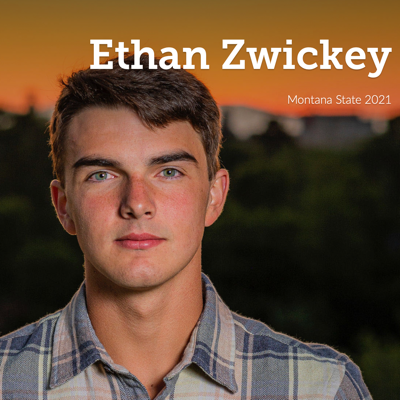Student Resources
Frequently Asked Questions
For video tutorials about ePortfolios, Adobe Express, and workshop content, visit the Getting Started Page.
An electronic portfolio (ePortfolio) is a dynamic online presence. It differs from a resume or blog because it includes learning artifacts and individual reflection and demonstrates a student’s learning journey over time. A student shows competencies in critical thinking, teamwork and collaboration, professionalism and work ethic, oral and written communication, digital technology, leadership, global and multicultural fluency, and career management through displays of their best work and chosen activities. ePortfolios can relate to a specific academic field or exhibit a broader overview of lifelong learning. Content of the ePortfolio may include writing samples, photos, videos, research projects, and observations. However, the key aspect of ePortfolios is the reflection on content, demonstrating why a student included specific experiences or assignments and what they learned.
Creating an ePortfolio involves technical knowledge, creativity and reflection. Along with a resume, ePortfolios are tools to actively demonstrate skills and knowledge students accumulate in the classroom and through engagement on and off campus. Montana State University is dedicated to creating an impactful and career-driven learning environment, and implementing an ePortfolio program goes hand in hand with this goal.
A resume is a professional document cataloging work experience, education, skills and achievements to give employers an idea of a person’s marketable expertise. ePortfolios are similar to resumes but provide a more comprehensive and in-depth look at the uniqueness and capability of an individual. Resumes are typically short, focused documents that give an overview of achievement and experience. ePortfolios are more detailed and provide the chance for demonstrated reflection on these specific events and skills.
Learning outcomes are university-recognized essential qualities that all students should have to be successful, effective and conscientious. The learning outcomes apply to students across campus, regardless of academic track or career plans. Not only does the ePortfolio project have specific learning outcomes, but the assignment also contributes to achieving the Core learning outcomes put forth by MSU. The qualities promoted by learning outcomes deepen the undergraduate education experience, enrich disciplinary pursuits, and establish MSU’s graduates as lifelong learners.
MSU is an Adobe Creative Campus, so the platform for the ePortfolio project is Adobe Express. Not only do students have free access to Adobe Creative Cloud while they attend MSU, but there are also many resources around campus to help students download, learn, and utilize the different Creative Cloud applications. For more information on Adobe Express and how to begin, visit the ePortfolio Getting Started page.
Yes! MSU Academic Technology and Outreach houses the Digital Literacy Integration Team at 128 Barnard Hall. You can also email [email protected] or drop by a workshop session with questions. See the Events page for more information about workshops. You can also view examples of other students' work on their ePortfolios.
Dos & Don'ts
Sections and Pages
Do:
|
Don't:
|
Content (Reflections, Descriptions, etc.)
Do:
|
Don't:
|
Media (Photos, Videos, etc.)
Do:
|
Don't:
|
Examples
Click on the links below to view ePortfolio examples from current students.

Nicole Hopkins
Nicole is the graduate assistant working on the ePortfolio project. She studied English Writing and is now studying Adult & Higher Education.

Mila Kissinger
Mila is studying Physics. She completed her ePortfolio as the final project for her role as a mentor in the Sophomore Surge program.

Ethan Zwickey
Ethan is studying Business Finance. He completed his ePortfolio as the final project for his role as a mentor in the Sophomore Surge program.
